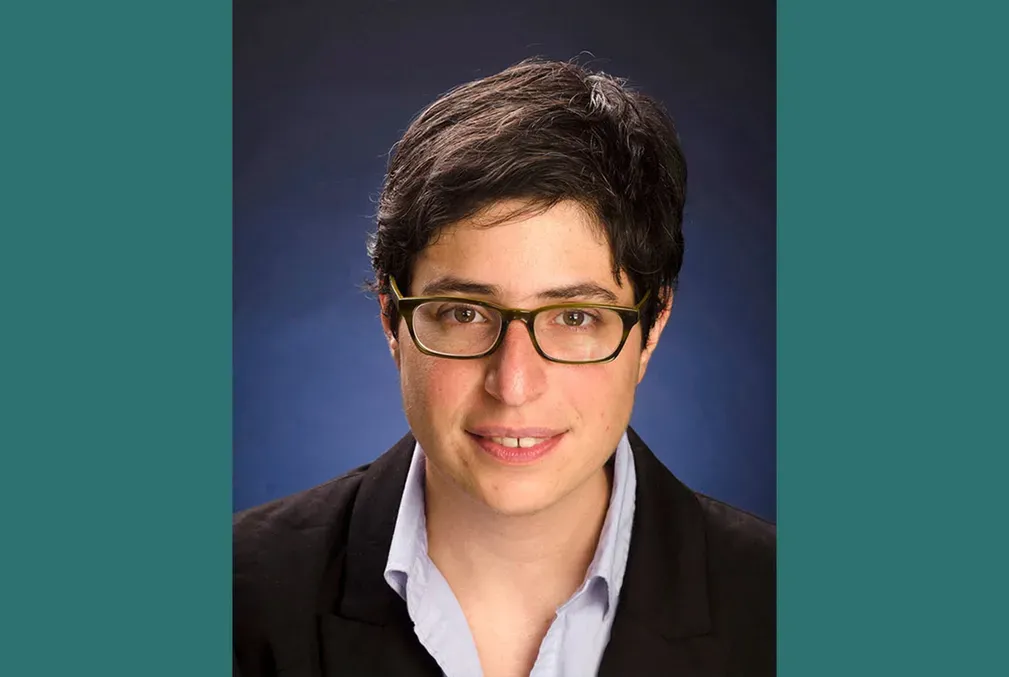Stanford historian explores how expulsions became widespread in medieval Europe
In his new book, Rowan Dorin investigates the interwoven history of expulsions of Jewish and Christian moneylenders in the Middle Ages.
Moneylenders expelled from cities and states in late medieval Europe were often Jews. But they were often Christians, too—a fact that is commonly overlooked in the historiography of the Middle Ages, according to Rowan Dorin, assistant professor of history in the School of Humanities and Sciences.
In his newly published book, No Return: Jews, Christian Usurers, and the Spread of Mass Expulsion in Medieval Europe (Princeton University Press, 2023), Dorin investigates the complex and interwoven history of expulsions of Jewish and Christian moneylenders. He argues that the practice led to the wider use of this punishment, which was virtually unheard of in Latin Christendom before the 12th century.
In a recent interview, Dorin, who is also a core faculty member at the Taube Center for Jewish Studies, discussed what his research revealed about the nexus of moneylending and expulsions in the Middle Ages.
Question: Many people are at least somewhat familiar with the history of targeting Jewish moneylenders, as well as Jewish residents in general, for expulsion in medieval Europe. Why has the history of expelling Christian moneylenders been largely overlooked?
Dorin: Narratives of exile and expulsion have been central to Jewish identity for almost 3,000 years. And then there’s the persistent stereotype of Jews as moneylenders, which emerges in the Middle Ages and remains alarmingly powerful even now. So, it’s not surprising that when I tell people that I study the expulsion of moneylenders, they immediately assume that I focus on Jews.
But my book also explores the repeated expulsions of Christian moneylenders, most of whom were foreigners—contemporaries called them “Cahorsins” or “Lombards.” Their name lives on in urban topography (London’s Lombard Street, Paris’ Rue des Lombards, etc.), and in several European languages the word for “pawnshop” is “lombard.” (I learned from my colleague Gabriella Safran that this is true in Yiddish, which I find rather ironic.) Otherwise, the existence of these foreign Christian moneylenders is mostly forgotten, largely because the stereotype of the medieval Jewish moneylender became so pervasive in the 19th and 20th centuries. And since their existence is mostly forgotten, their expulsions are even more so.
Question: What distinction was made between moneylending and usury?
Dorin: In America in 2023, this is pretty straightforward: Usury is excessively high interest on a loan. But this is a tricky question to answer for the Middle Ages because it would depend on who you were asking, and when, and where. A French bishop would probably give you a very different answer than an Italian notary, and theologians writing around 1100 would draw different distinctions than their counterparts three centuries later. Broadly speaking, from the point of view of Catholic doctrine, any interest on a loan was potentially usurious. Yet most secular authorities effectively allowed interest to be charged up to a certain limit, and even places that had strict lending restrictions might allow exemptions for Jews or Lombards. And of course, Jewish law drew its own distinctions between licit moneylending and illicit usury. As a result, whether someone was a “usurer” was really in the eye of the beholder. This instability ends up being very significant because it ultimately allows anti-Jewish voices to denounce Jewish lenders as “usurers” while Christian lenders could be hailed as “bankers”—a distinction that ends up being reified in later antisemitic propaganda.
Question: What did you discover in taking a comparative approach to medieval expulsions?
Dorin: I think that comparative approaches offer a path forward in trying to disentangle the mixture of motives underpinning late medieval attacks against Jews. Do authorities order the expulsion of Jewish and Christian moneylenders simultaneously, or do they target one particular group? Do they expel Jews and then welcome Lombards to replace them or vice versa? Of course, not all Jews were engaging in moneylending (despite medieval and modern misconceptions), nor did all medieval expulsions of Jews invoke usury as justification. But it has been really eye-opening to discover the many connections between expulsions of Jews and expulsions of Lombards, most of which had never been noticed before.
Question: Were Jewish moneylenders and Christian moneylenders treated differently by authorities?
Dorin: Yes, they often were—although not in ways that allow for straightforward answers. King Henry III of England, for instance, firmly supported Jewish moneylending within his realm, but his official attitude toward the resident community of Italian merchant-bankers depended largely on how badly he needed money and how willingly the Italians lent it to him. By contrast, his contemporary King Louis IX of France—later canonized as Saint Louis—allowed Lombard moneylenders to establish themselves throughout his kingdom during the first two decades of his reign while threatening Jewish moneylenders with expulsion and other penalties. In the latter part of his reign, however, Louis expelled Lombards while quietly dropping the threat of expulsion for Jewish moneylenders. So here we have two kings who are both reigning over neighboring kingdoms at the exact same time, who are both renowned for their piety, and who both embrace expulsion as a punishment for usury—but they come to different conclusions on which usurers should be expelled.
Question: Did the convention of expelling moneylenders in the Middle Ages pave the way for expulsion of other groups—or genocide—in later centuries?
Dorin: Historians of antisemitism are famously averse to drawing a connecting line from whatever terrible events they study to the Holocaust. (This is one of the reasons that my sophomore seminar on the history of antisemitism stops in the mid-19th century.) So, I will punt on the question of genocide, lest I be expelled from the historians’ guild.
But as for paving the way for other expulsions, yes, I certainly think so. Mass expulsion is so deeply embedded in the history of the last century that it can be hard for us to imagine a world in which it is rare. But before the 12th century, it was very, very unusual for European authorities to drive entire groups outside the boundaries of their jurisdictions. We find plenty of individuals being banished, of course, and Byzantine authorities sometimes relocated groups to other parts of the empire, as would their Ottoman successors. But collective expulsion is very rare in earlier periods, and its sudden proliferation during the High Middle Ages was one of the unsolved questions that led me to pursue this research.
Law ends up playing an important role here because once the papacy codifies the association between expulsion and usury within the corpus of medieval Catholic canon law, this association gets widely disseminated across all of Latin Christendom—even in places where nobody had previously been worried about usury or where there was no prior tradition of expelling anyone. That in turn helps normalize what had once been exceptional.





